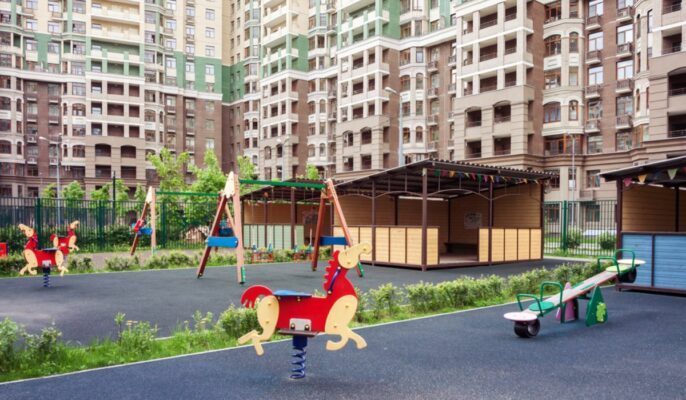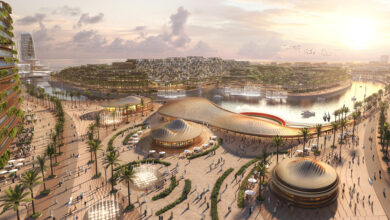
What makes some condo common areas more utilised than others?
Condominium common areas often show dramatically different usage patterns despite similar investment and square footage allocations. While promotional materials like the River Modern Brochure may showcase attractive amenity spaces, how frequently residents use these areas depends on critical factors beyond mere aesthetics. Understanding these elements helps explain why some common spaces become community hubs while others remain vacant.
Practical accessibility matters
Location within the building significantly influences standard area utilisation rates. Spaces placed along natural traffic patterns receive substantially more use than those requiring special trips or elevator rides to different floors.
- Common areas visible from building entrances or mail areas attract spontaneous use
- Spaces requiring key fob access beyond standard security barriers see decreased traffic
- Amenities located on residential floors rather than basements or top floors get more daily use
- Areas requiring reservations experience lower casual utilisation rates
- Spaces with limited hours that conflict with resident schedules remain underutilised
Accessibility also encompasses design considerations like doorway widths, threshold heights, and furniture arrangements that accommodate residents with varying mobility needs. When common areas welcome all residents regardless of physical limitations, usage rates naturally increase across the entire community.
Comfort creates community
Physical comfort fundamentally determines how long residents remain in shared spaces and whether they return regularly. Beyond basic furniture quality, several environmental factors significantly impact perceived comfort levels.
Temperature control plays a crucial role, with common areas maintaining consistent comfort levels throughout seasonal changes, attracting steady usage. Spaces with inadequate heating, excessive air conditioning, or poor circulation experience utilisation drops during weather extremes. Similarly, acoustics that balance privacy with sociability encourage longer stays – spaces that amplify conversations across the room or create excessive echo feel psychologically uncomfortable for many residents.
Lighting quality affects functionality and mood, with spaces offering task-appropriate illumination and pleasing ambient light seeing higher evening usage. Common areas with harsh overhead fluorescents or inadequate reading lights remain empty despite other positive attributes. Seating arrangements that accommodate various group sizes while maintaining personal space boundaries enhance comfort for diverse resident populations.
Practical functionality wins
Common areas designed for specific, relevant activities consistently outperform general-purpose spaces lacking clear functional intent. The most utilised areas directly address resident needs and lifestyles.
- Workspaces with reliable Wi-Fi, power outlets, and appropriate surfaces
- Package rooms with organised storage and notification systems
- Fitness areas with equipment matching resident demographics and interests
- Entertainment spaces with appropriate technology and seating arrangements
- Outdoor areas designed for regional climate conditions and activities
Functionality extends to supporting elements like nearby restrooms, water fountains, and storage for personal items. These seemingly minor conveniences significantly impact whether residents only utilise spaces for extended periods or quick visits. Areas designed around genuine resident needs rather than marketing appeal consistently demonstrate higher utilisation rates.
Management mindset matters
Active management practices significantly influence common area utilisation regardless of physical design quality. Regular maintenance, cleanliness, and thoughtful policies create environments residents want to use repeatedly.
- Consistent cleaning schedules, maintaining spotless conditions
- Prompt repairs of malfunctioning equipment or fixtures
- Appropriate temperature adjustments for seasonal changes
- Reasonable rules balancing enjoyment with neighbour consideration
- Regular refreshment of consumable amenities and decor elements
These management practices demonstrate respect for the spaces and the residents who use them. When management demonstrates an ongoing commitment to common area quality, residents respond with increased utilisation and personal investment in maintaining shared spaces.



